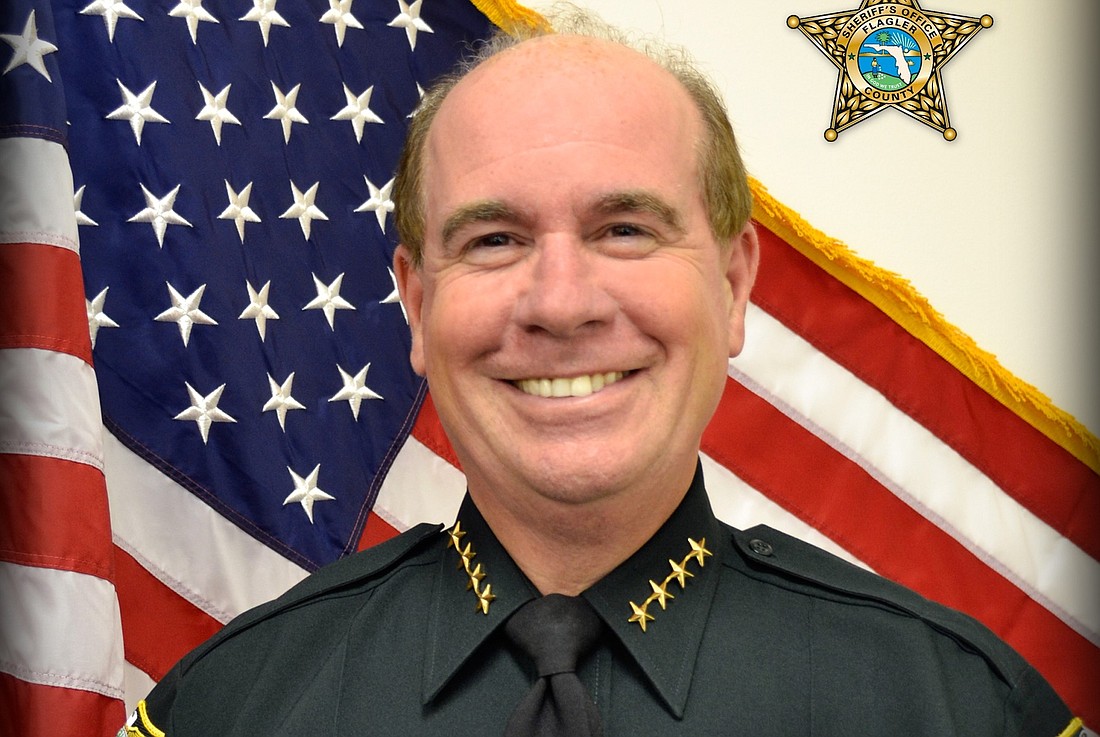- December 26, 2024
-
-
Loading

Loading

As a young prosecutor, I was assigned to a newly formed “driving while intoxicated” task force that included highway patrol officers. The purpose of this task force was twofold — to focus on the rising tide of alcohol-related accidents and fatalities and to train prosecutors and police how to effectively build and present cases for trial. For the first six months, it was an uphill battle as defense attorneys tested our ability to effectively prosecute these types of cases, and as a result my trial calendar continued to include at least two trials a month.
My entire prosecutorial unit was sent to a statewide training session on drinking-and-driving prosecutions. During this training, a presentation was made showing how technology had made the concept of fixed cameras in patrol vehicles a practical and financial reality. With some lobbying effort, we were able to roll out a pilot project installing fixed cameras in highway patrol unit vehicles that were assigned to driving-under-the-influence cases. Within a few months, the results were dramatic. Our trial calendar decreased as defendants and defense attorneys, faced with video of the intoxicated behavior, made plea agreements rather than fight the inevitable. That was 30 years ago.
More recently, about two weeks after the 2012 election, I received a call from a state attorney who indicated that he had recently lost a jury trial on a DUI case, and the jury foreperson wanted to speak to me. Being a little curious, I agreed.
The foreperson explained to me that the jury had been presented with conflicting evidence regarding whether or not the defendant was intoxicated. The foreperson believed that if there had been videotape of the incident, a conviction would have occurred. The foreperson encouraged me to have cameras placed in patrol vehicles once I took office. The fact is that when I was sheriff in 2001, I had placed dashboard cameras in the patrol vehicles — the subsequent sheriff removed them.
These experiences and the current events in Ferguson, Missouri, make it clear that the federal government should make money available for cameras for all law enforcement — federal, state, county or municipal agencies. The newest technology now allows law enforcement to wear a body camera that provides an officer's view of any interaction with the public that needs to be recorded.
Law enforcement executives and line officers have long resisted the universal introduction of cameras, I believe under the misguided notion that the video could be used against them when a discretionary action is questioned. Studies have shown that, rather than increasing complaints against law enforcement upon the implementation of cameras, complaints have been dramatically reduced.
I believe there are two reasons for this. First is that the small percentage of law enforcement officers who are abusive are less inclined to exhibit this type of behavior because of the video. Second is that those who accuse law enforcement of abusive behavior find that the video shows their claims are unfounded.
Cameras are not a panacea for all the issues happening in Ferguson and other neighborhoods. Good community policing and good police relationships with neighbors, especially those who have historically taken the brunt of crime, are equally as important. Implementation issues also occur with the use of cameras. They only work when turned on, and law enforcement controls the “on” button. This can easily be solved with training and policies that require stern discipline if cameras are not turned on during critical incidents.
As that jury foreperson told me, this is a video generation, and we assume that, like all TV and movie police, this technology is used by everyone. Thanks to that foreperson, all Flagler County Sheriff’s Office patrol deputies now have body cameras.
James Manfre is the sheriff of Flagler County.